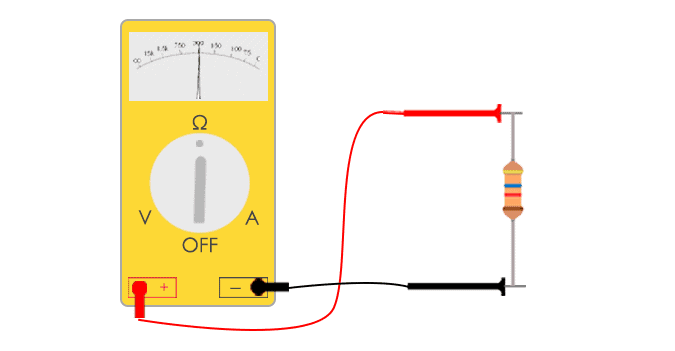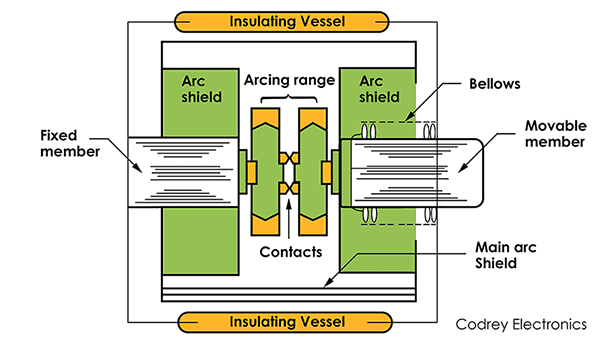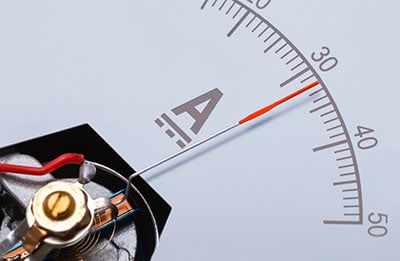In electrical engineering, both switch and relays are important electrical components. They are electromechanical devices designed to control and protect the system. They can be found in many home electrical applications, in industries such as automotive, telecommunication, power system and control system industries. Let’s see the difference between relay and switch and their uses.
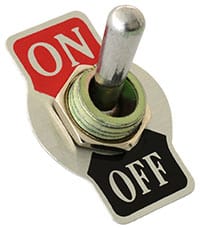
What could be simpler than a switch? We have them in homes on the walls, in automobiles and they quite inexpensive in terms of cost. The switches are older and have less current carrying capability. Different types of Switches are available based on electronic project requirements. Some of them are toggle switch, slide switch, push-button switch, Rocker switch etc. There are some other switches such as Mercury switch (motion switches) used in burglar alarms and automation.
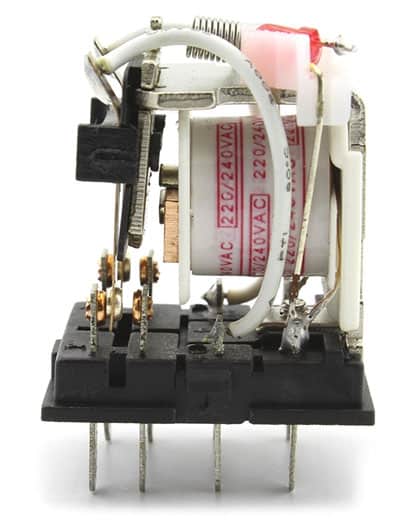
Relays are specially operated electrical switches that can be turned ON or turned OFF remotely from a distant point. There are different types of relay based on the number of poles. They are SPST (Single Pole Single Throw), SPDT (Single Pole Double Throw), DPST (Double Pole Single Throw), DPDT (Double Pole Double Throw). They come with standard operating voltages (5V, 6V, 12V, 18V, 24V, and 48V).
Electrical Symbols
Here are some of the circuit symbols for relays and switches that are commonly used in electronic circuits.
-
Non-Shorting Switches
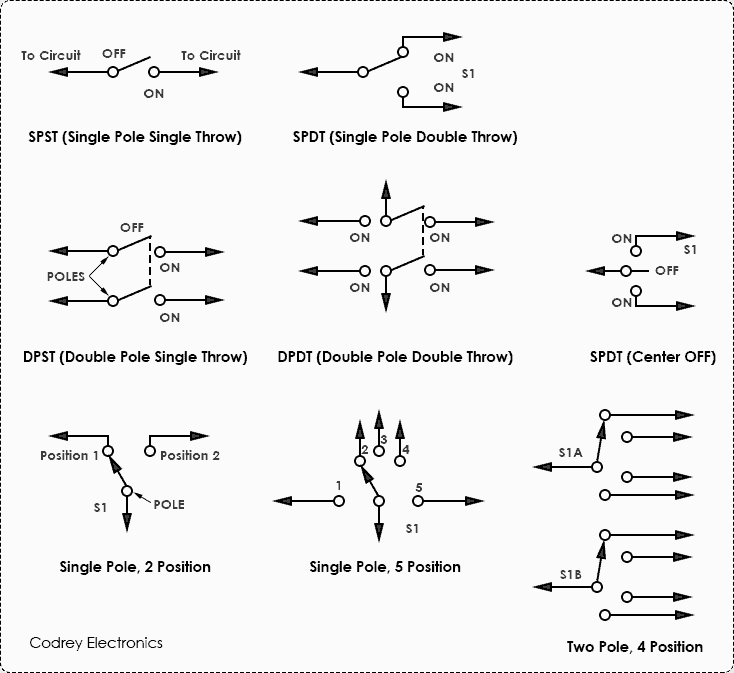
Note: The arrow indicates the connection to electrical circuits.
-
Relay Circuit Symbols
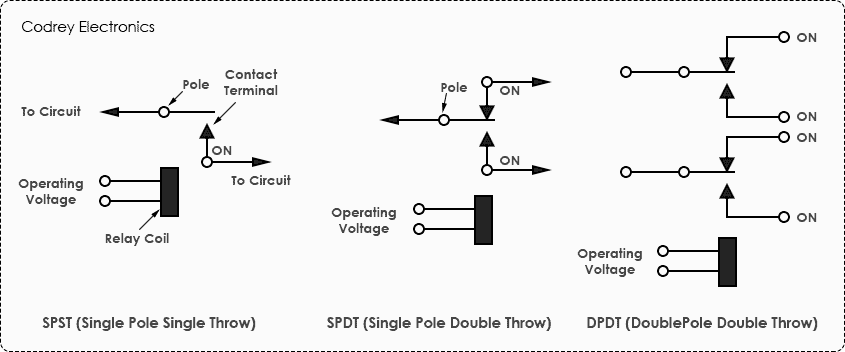
Practical Example
How to Control a Lamp (Bulb) using a Switch?
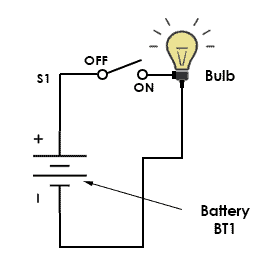
This example shows a lamp control using an SPST (Single Pole Single Throw Switch). A 12V battery is connected to 12V lamp. When the switch (S1) is pressed, the current will flow through the battery and the lamp will glow. The lamp will be in OFF state when the switch is released. This control circuit using a switch is useful in controlling AC and DC loads.
Controlling Lamp using a Relay
The below diagram shows the Lamp control using a relay. This relay circuit control two bulbs (Bulb 1 and Bulb 2).
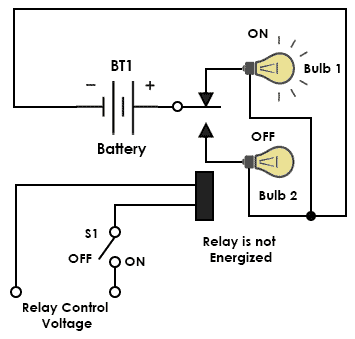
When the relay is energized (Switch is in ON state), the Bulb 2 will glow and Bulb 1 is in OFF state. In this condition, the relay is on when the control voltage exceeds the operating voltage. If the voltage is applied below the operating voltage, the Relay is de-energized (Switch is in OFF state). Now, Bulb 2 will not glow and Bulb 1 is in ON state.
Difference between Relay and Switch
Here is a comparison between switch and relay.
| Switch | Relay | |
|---|---|---|
| 1 | A switch is an electromechanical device used to make or break the circuits | Relay is an electromechanical device used to make or break the circuits |
| 2 | Switches can be controlled mechanically | Relays can be controlled electronically |
| 3 | It controls the flow of current by opening or closing of circuits | It controls high power circuits with low power signals by opening or closing the contacts |
| 4 | They are operated manually by a lever or by pushing the buttons | It can send electromagnetic or optical signal to actuate the load circuit |
| 5 | It is used to open or close the contacts | It is used to protect the system from damage |
| 6 | It operates slowly when compared to relay because it requires a physical object to make the changes | It operates faster |
| 7 | A switch makes a direct contact or connection. | It is a remote control switch |
| 8 | Example: Manual control of switch (Physical control of fans, lights in Homes) | Example: To turn ON/OFF Air Conditioner, LDR street light (Automatic) |
Conclusion
Relays and switches are basic electronic components used in homes and industrial controls. They are some difference between relay and switch in their functionality, mechanical design, and stability. Both of them have their unique advantages and disadvantages. For example, switches are best suited for low cost applications and relays are used for remote control of appliances in smart homes.

